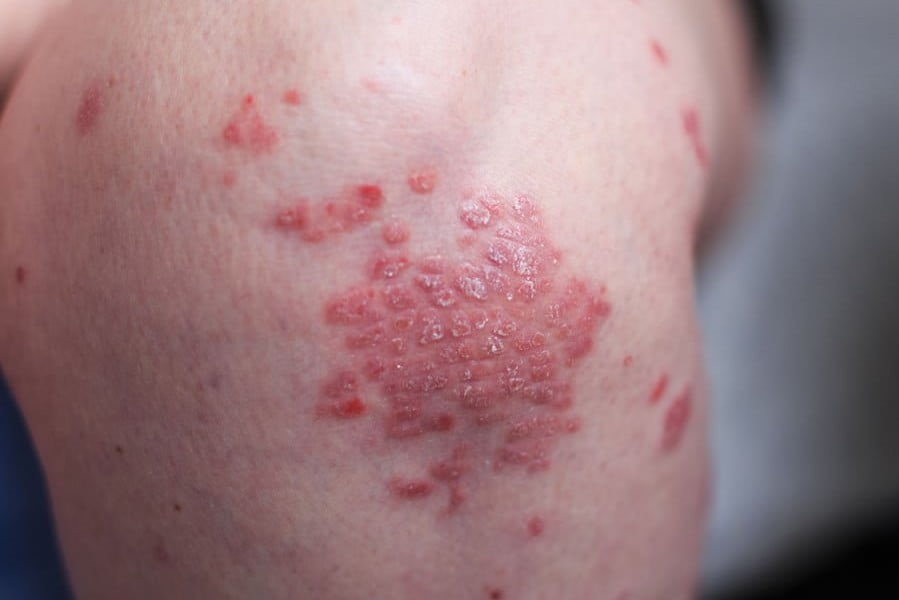
Guttate psoriasis: causes and symptoms
Guttate psoriasis is a less common form of psoriasis that can develop suddenly after an infection such as streptococcus. Here’s how to recognise the signs on the skin
Guttate psoriasis is an autoimmune disease that presents on the skin with small red, scaly, teardrop-shaped patches
The term ‘guttata’ is in fact derived from the Latin ‘gutta’, meaning drop or tear, which describes the appearance of this psoriasis.
It is an uncommon variant of psoriasis (less common than plaque psoriasis) and normally tends to affect children and young adults under 30 years of age more frequently.
Guttate psoriasis: causes and triggers
Guttate psoriasis usually develops 1-3 weeks after a bacterial infection of the upper respiratory tract, typically by streptococcus (tonsillitis), predominantly in children.
Other factors that can trigger this condition include:
- viral infections
- a skin injury, such as a cut, insect bite or burn
- fatigue, stress or worry
- certain medications, including antimalarial drugs and beta-blockers
- genetic predisposition.
People with HIV, autoimmune diseases (such as rheumatoid arthritis) or whose immune system is suppressed by chemotherapy also have an increased risk of developing guttate psoriasis.
What guttate psoriasis looks like
In order to recognise guttate psoriasis, the dermatologist only needs to examine the skin and find certain typical features of the lesions
- small size (between 2mm and 1cm) in the shape of a teardrop
- pink/red colour with scaly, flaky surface
- prevalently spread on arms, legs, torso and scalp
- numerous and widely spaced.
Recommended treatments include phototherapy, use of emollients and, if associated with streptococcal infection, antibiotics.
In most cases, guttate psoriasis is not contagious and resolves within a few months without ever appearing again.
However, in other cases, it may recur intermittently and even develop into plaque psoriasis (approximately 25% of cases).
Read Also:
Emergency Live Even More…Live: Download The New Free App Of Your Newspaper For IOS And Android
Psoriasis: What It Is And What To Do
Epidermolysis Bullosa And Skin Cancers: Diagnosis And Treatment
SkinNeutrAll®: Checkmate For Skin-Damaging And Flammable Substances
Healing Wounds And Perfusion Oximeter, New Skin-Like Sensor Can Map Blood-Oxygen Levels
Psoriasis, An Ageless Skin Disease
Psoriasis: It Gets Worse In Winter, But It’s Not Just The Cold That’s To Blame
Childhood Psoriasis: What It Is, What The Symptoms Are And How To Treat It
Topical Treatments For Psoriasis: Recommended Over-The-Counter And Prescription Options
What Are The Different Types Of Psoriasis?
Phototherapy For The Treatment Of Psoriasis: What It Is And When It Is Needed


